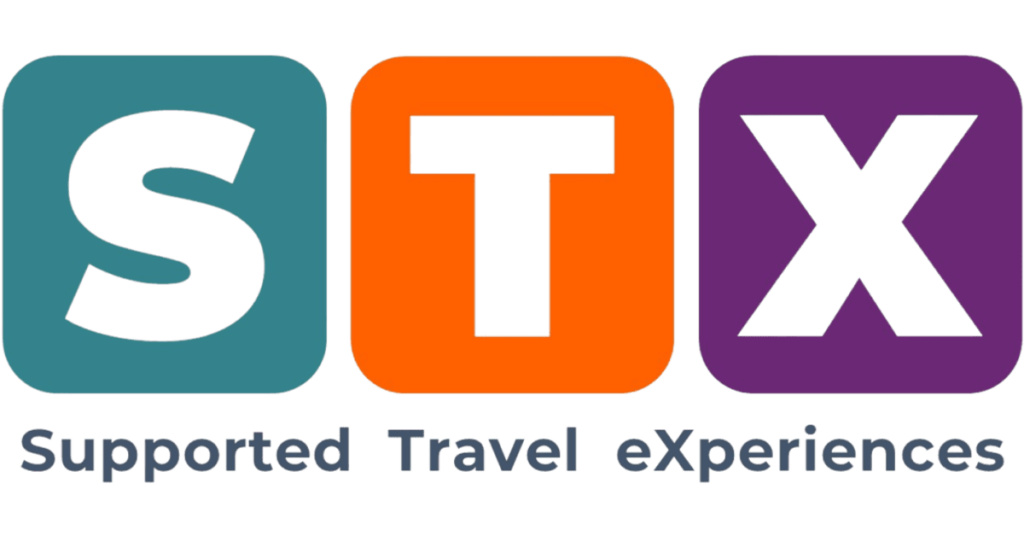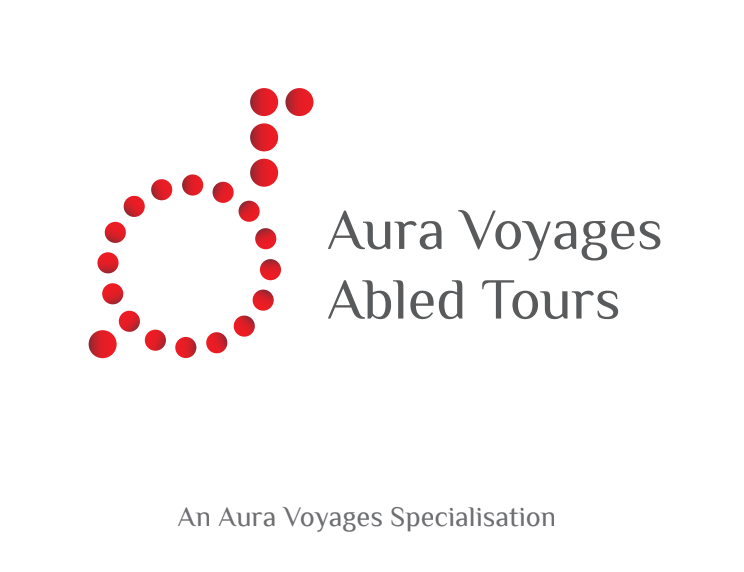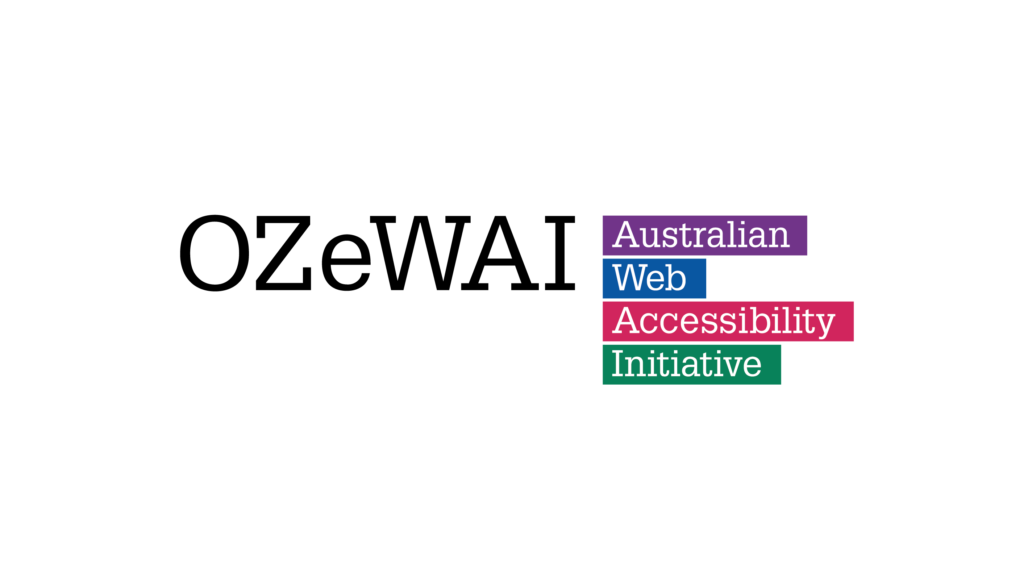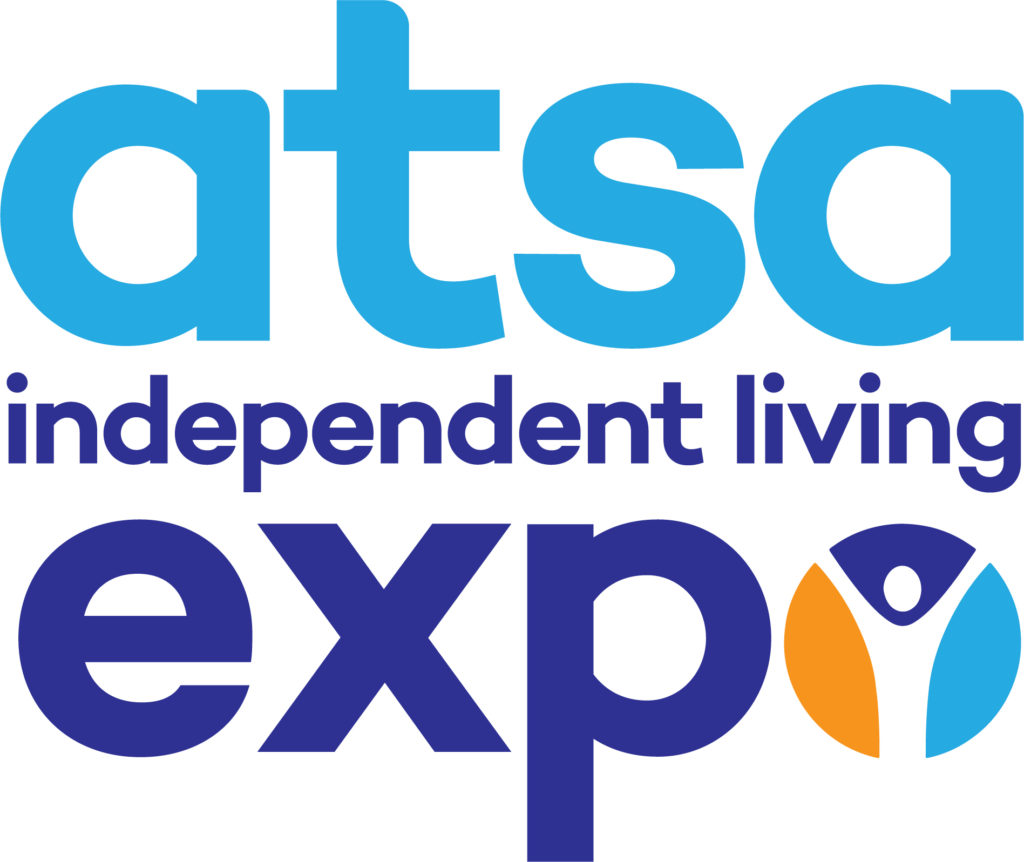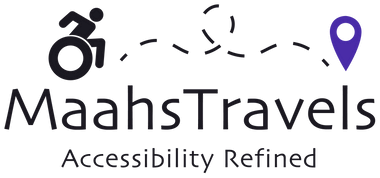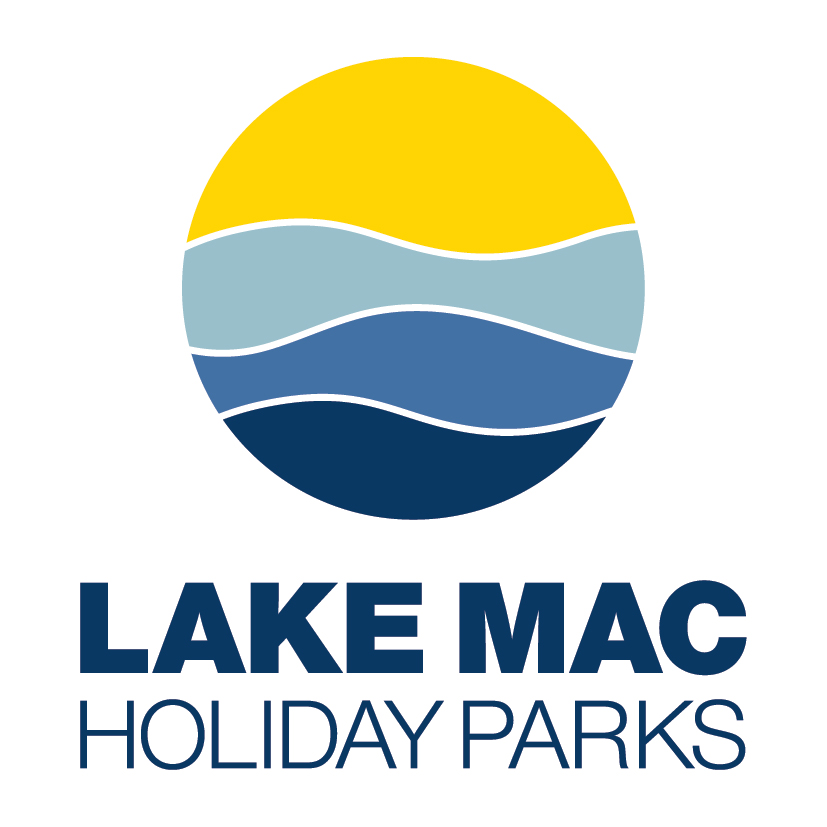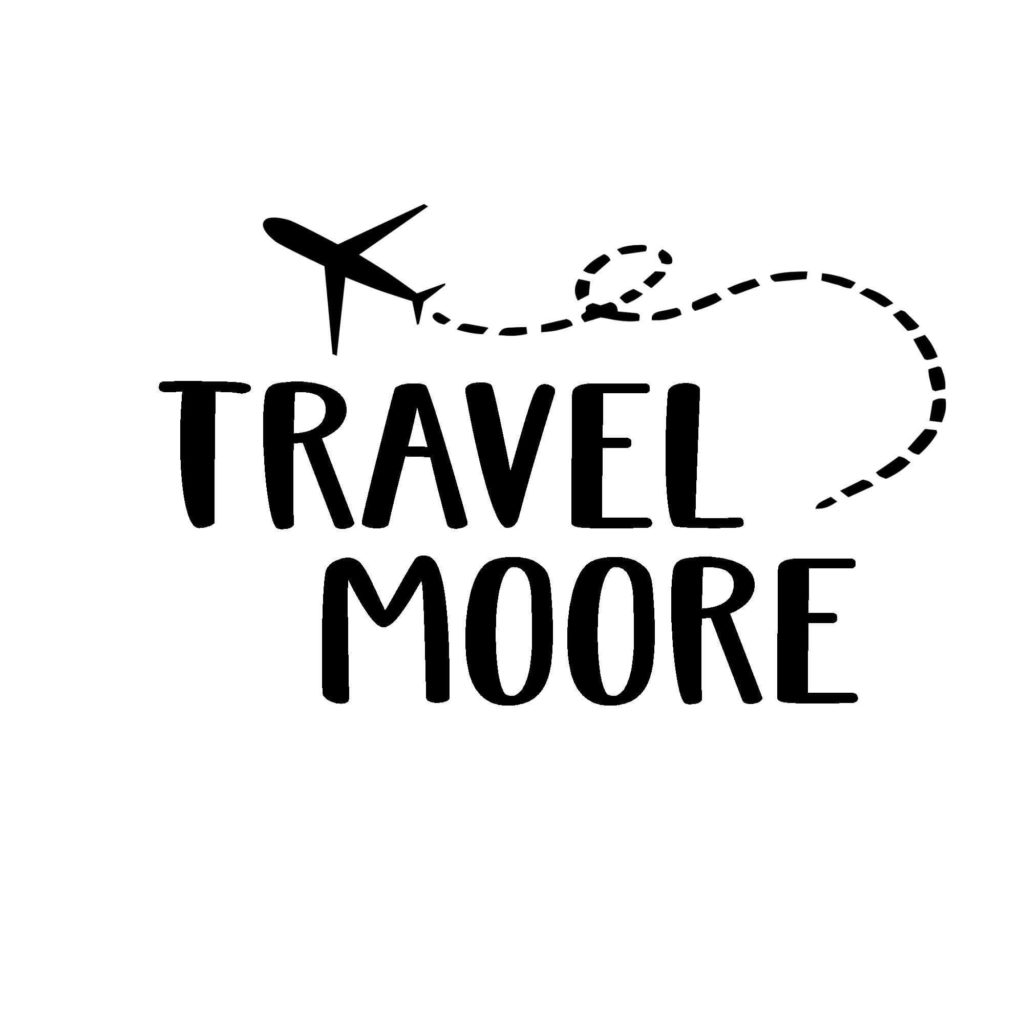DISCOVER
What and how can I discover the accessible & inclusive side of the Asia-Pacific region?
The final day of AITCAP 2022 was bursting with travel tips and the best accessible & inclusive destinations in the Asia-Pacific! Not only was it a fantastic chance for travellers to discover great places to visit, but a chance for the industry to hear from disabled travellers about their experiences.
We’ve gathered some highlights for you!
📜 QUOTE OF THE DAY
"My biggest tip that I could give people is: if you don't know, ask. Try to gain as much knowledge as you can."
Matt Levy, Paralympian and Ambassador for RightHear
✈️ KEY TAKEAWAY
Be proud to be accessible & inclusive!
When you see the enthusiasm of travellers when they find a destination that welcomes them, the effort they put into sharing the news with their peers, and the success of the businesses for whom “welcome everyBODY” isn’t just a tagline, you can only be proud of every step you take towards accessibility & inclusion.
Start small and ask for help
This is great advice for both travellers and tourism businesses. Our last panel of the day was full of great tips and Ean Price summed it up nicely: “Open communication is huge – for operators to ask questions and for myself and others to be very positive”. And even though he himself didn’t do this (he chose to travel from Canada to Amsterdam for his first trip!) he agreed with the rest of his panel that “it is good to start with a short trip, not too far away from your region and build your confidence and experience from there”.
“Accessible” is a relative term
As Lindy Hou, a blind Paralympian, noted “When they say this is accessible, well accessible for who? for what? for what type?”. We talked about amazing adventures welcoming people with disability: scuba diving with DiveHeart, jumping into a wind tunnel at iFly, exploring the wonders of India with Abled Traveller, tasting local delicacies in South Korea…
As our travellers pointed out today, the role of businesses and DMOs is to train their staff and to provide the information needed for individuals to determine what is accessible to them. Lorraine Woodward gave a great tip about this: the use of search filters is a user-friendly way to make detailed information sharing quicker and easier. Don’t stop at mobility access and remember that certain conditions – like Multiple Sclerosis or Retinitis Pigmentosa – result in changing access needs over time.
Travellers go to a destination, not a single activity
As Jezza Williams said “It’s about creating a destination, nobody’s going to show up to one event or to one activity, you know, you need to have a lot of activities”. See Jezza and Matt Wong’s session for more about New Zealand’s inclusive activities, Dane Cross’ presentation of the Sunshine Coast or our panel about Accessible Beaches across Asia-Pacific for wonderful examples of successful tourism ecosystems, creating destinations with seamless accessibility and lots to do.
Lack of trusted information is a big challenge but there are ways around that
Andrew Hager, from specialist provider Supported Travel eXperiences, described their role as being “to really take the pain away from planning and organising a holiday if you have a disability”. Apart from calling on expert travel agents, travellers can rely on peers sharing their experiences. MOASTORY’s videos across South Korea are a great response to this dillema. And hopefully, as more and more destination marketers focus on this issue, access information will be more and more easily available!
Missed it?
Want more?
Join the GetAboutAble community




